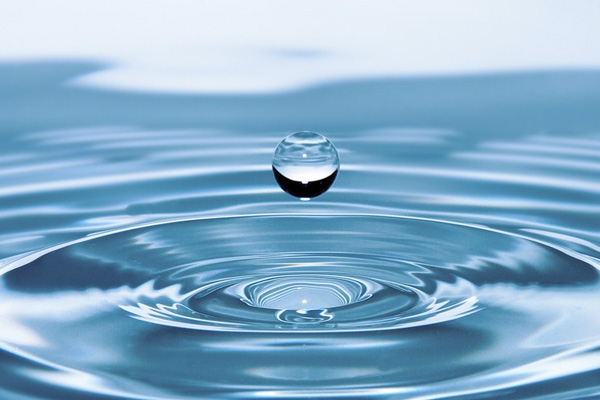When washing electronic boards, a common concern among technicians is the purity of their water. Rightfully so because technicians don’t want filthy trace deposits left under and around sensitive components. Some might ask, “If water is bad for electronics, why wash them in the first place?” Washing boards is a common process in the electronics industry because when a board is manufactured or reworked, there is a substance called flux that needs to be removed or it will cause corrosion and longevity issues. Water is a readily available and an effective solution for removing flux. However, technicians need to choose the water carefully. Home
There are several different levels of water purity. Starting with the least pure option, typical tap water can be used for washing boards. The next quality improvement is using carbon filtered water which marginally helps with the contaminants in the tap water. A quality level above that is Deionized water (DI water) which is commonly used in the board washing process at high quality electronics facilities. Using DI water for the board washing process is optimal due to the absence of contaminants in the water. Because DI water is the purest form of water, electronics manufacturers focused on quality use this as a standard for board washing.
Continue reading “Deionized Water: The Gold Standard for Electronics Cleaning”

